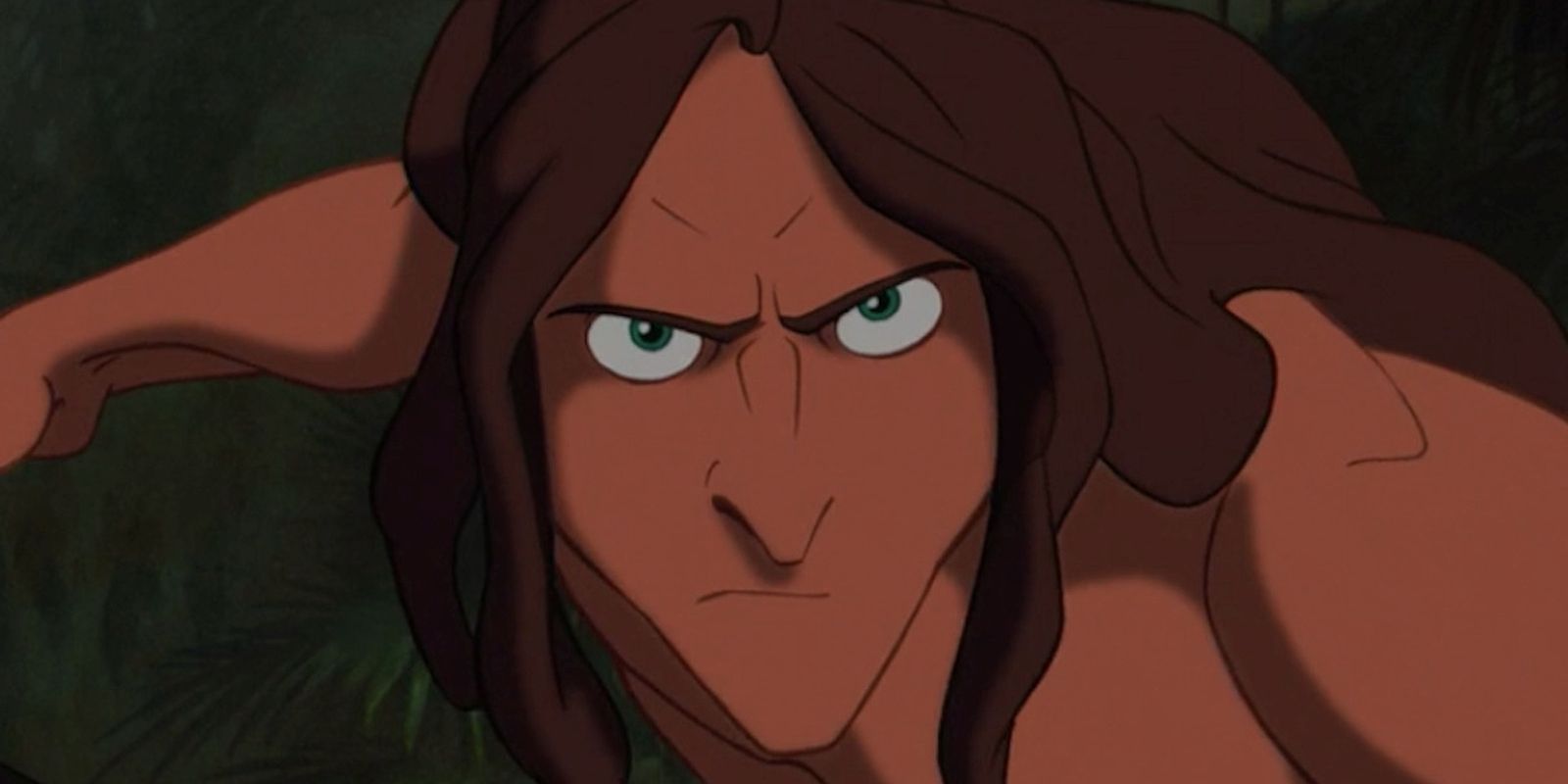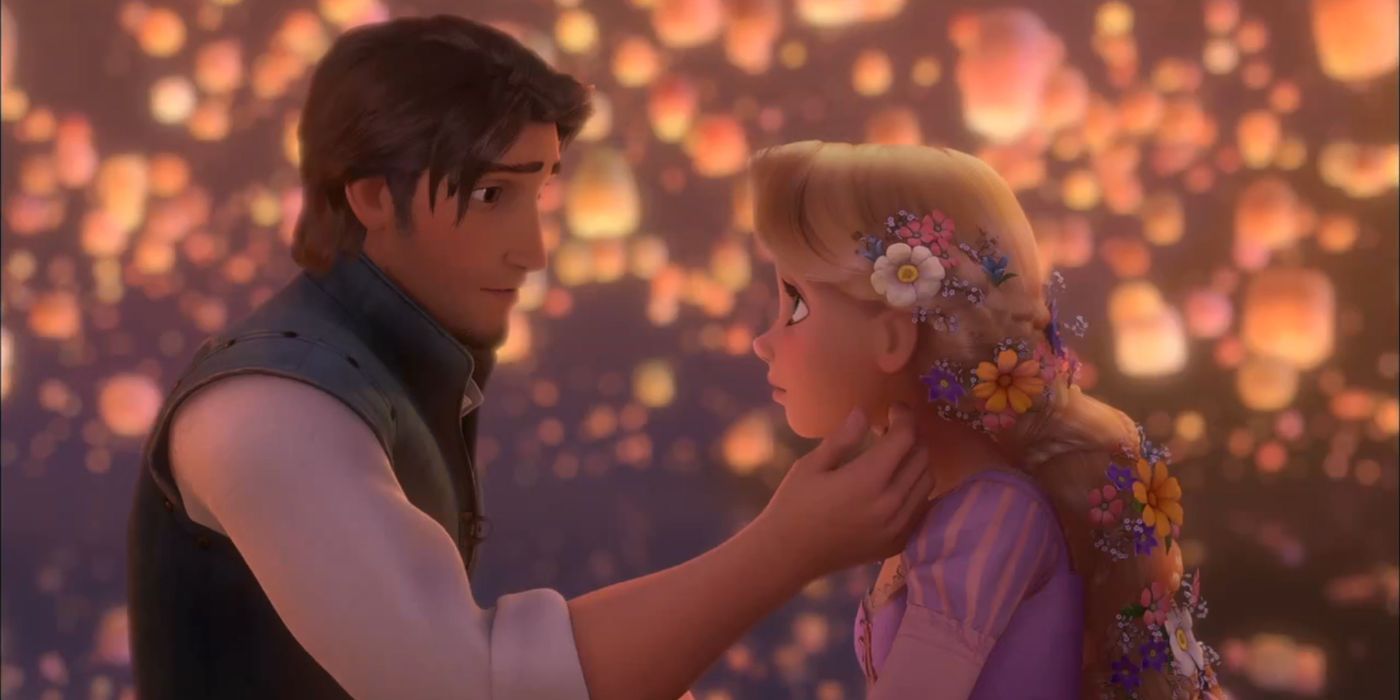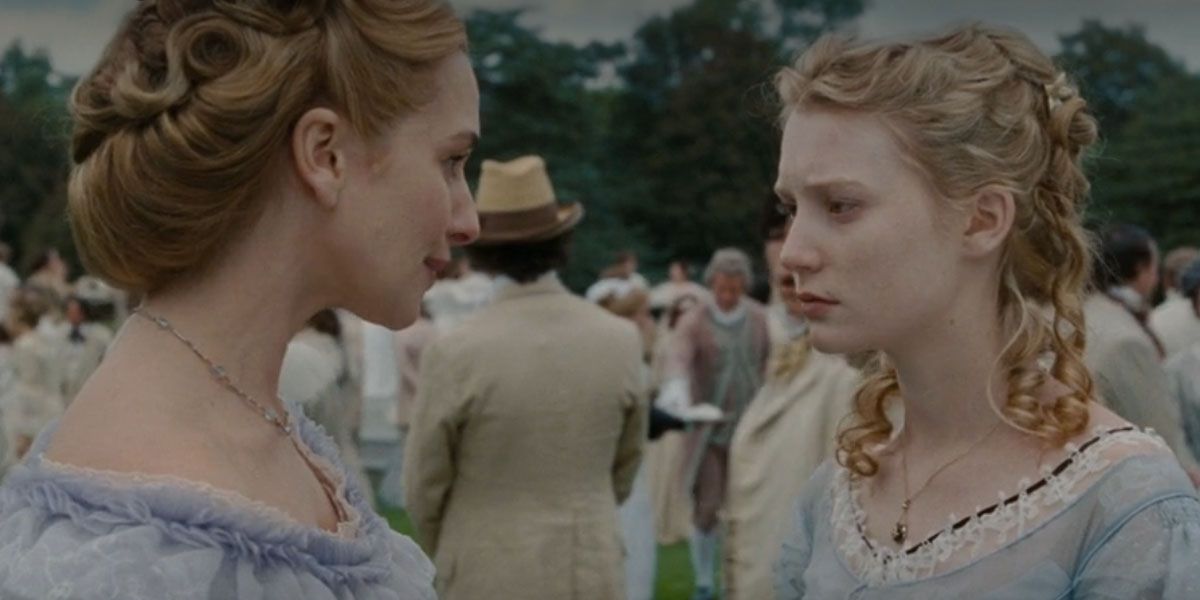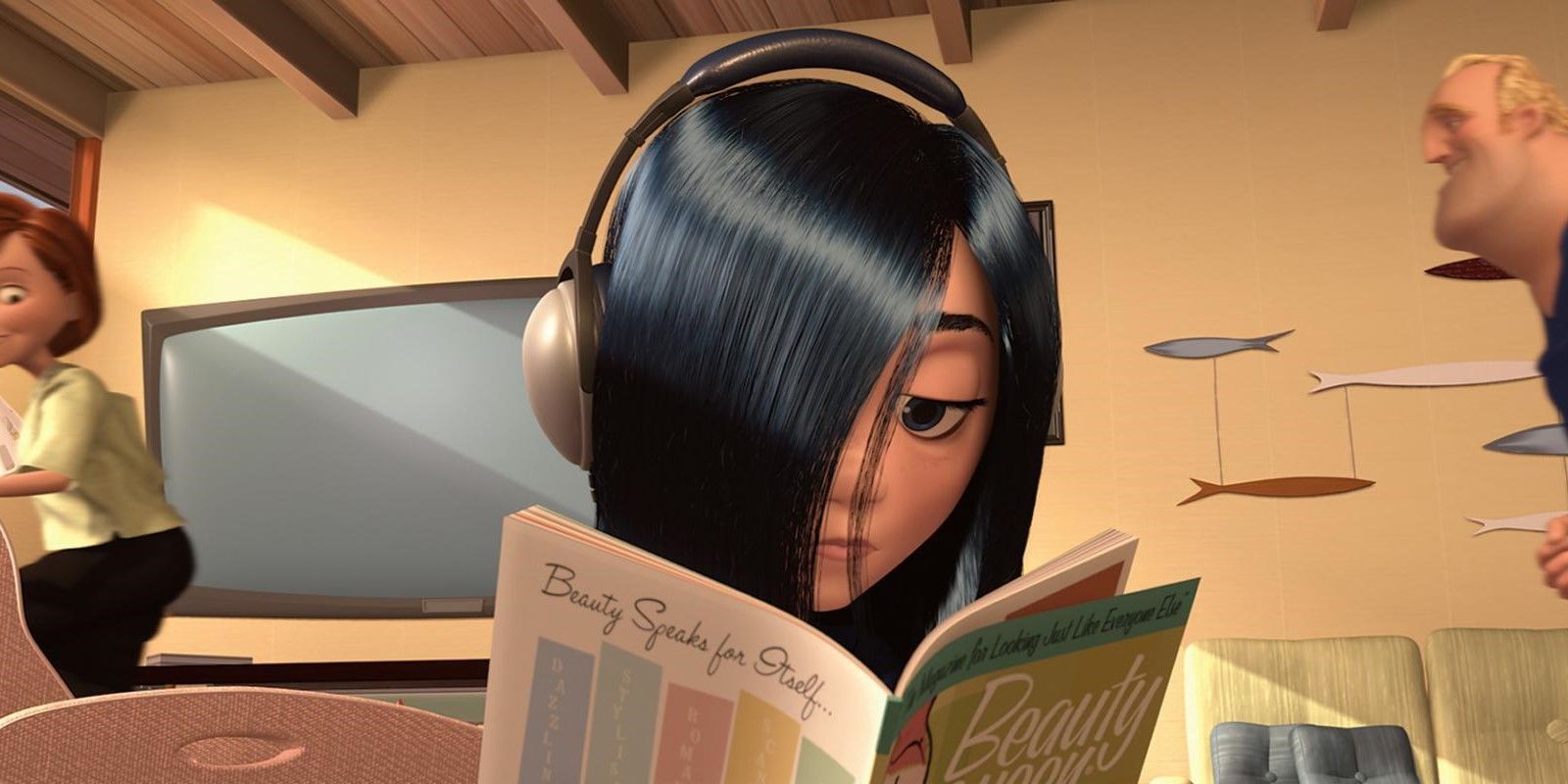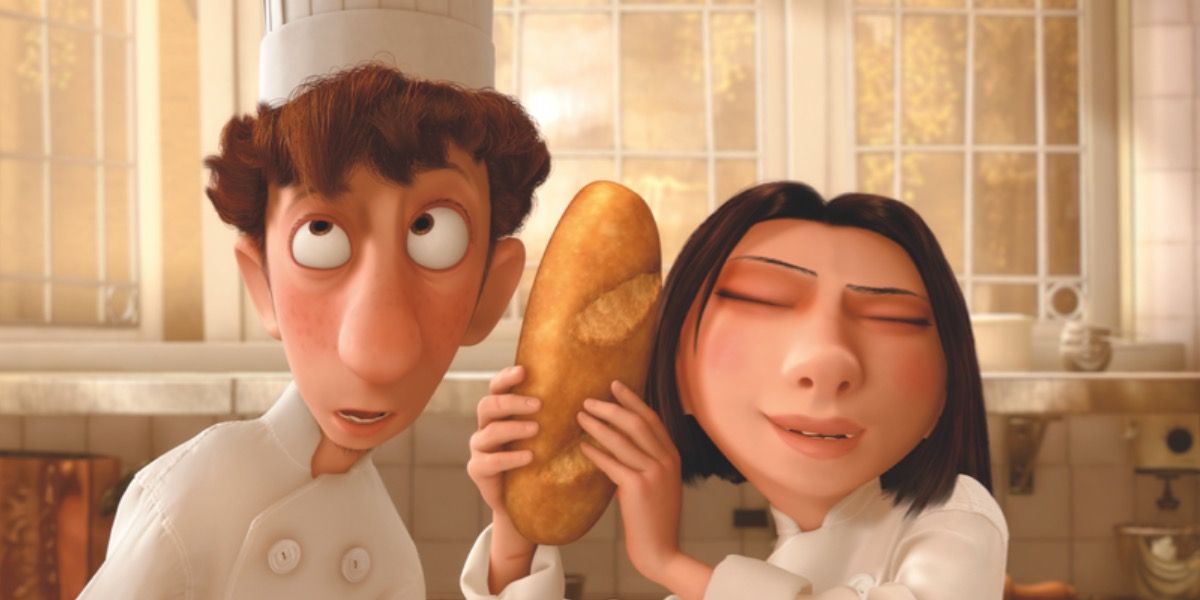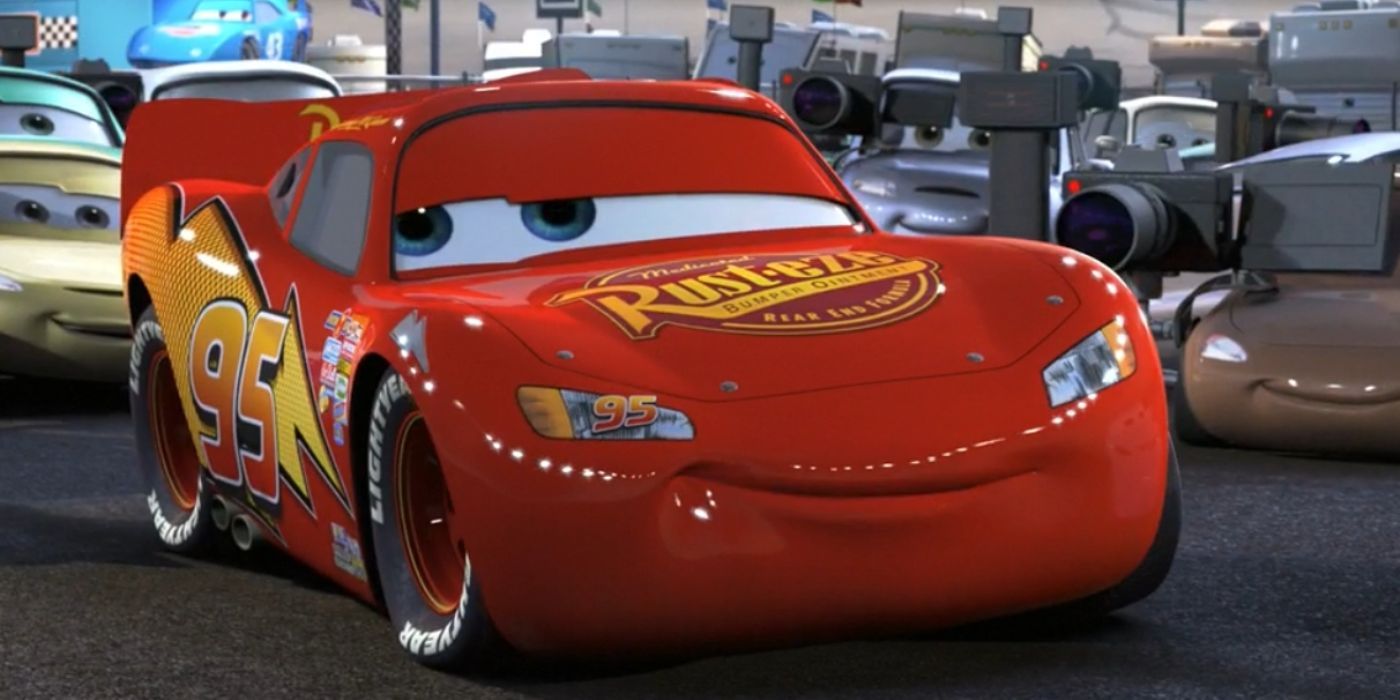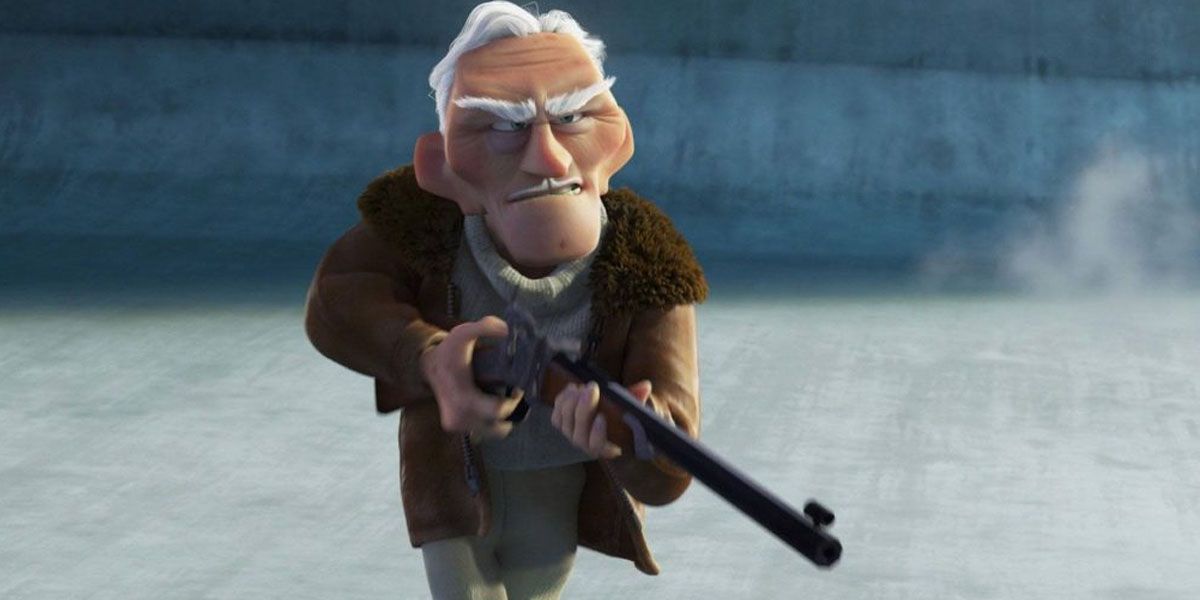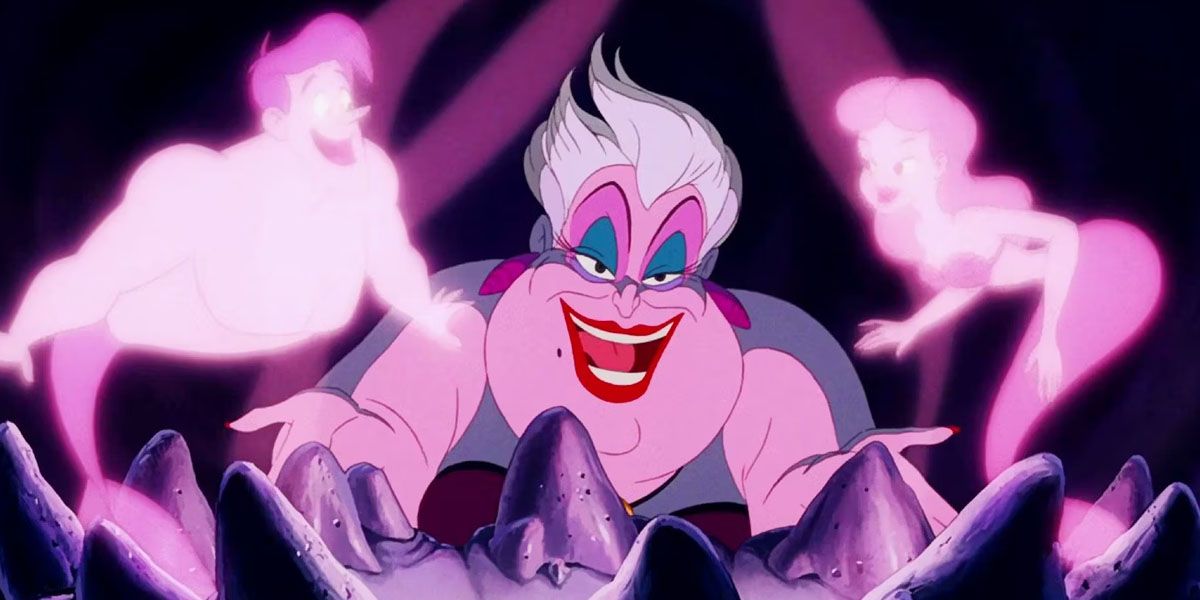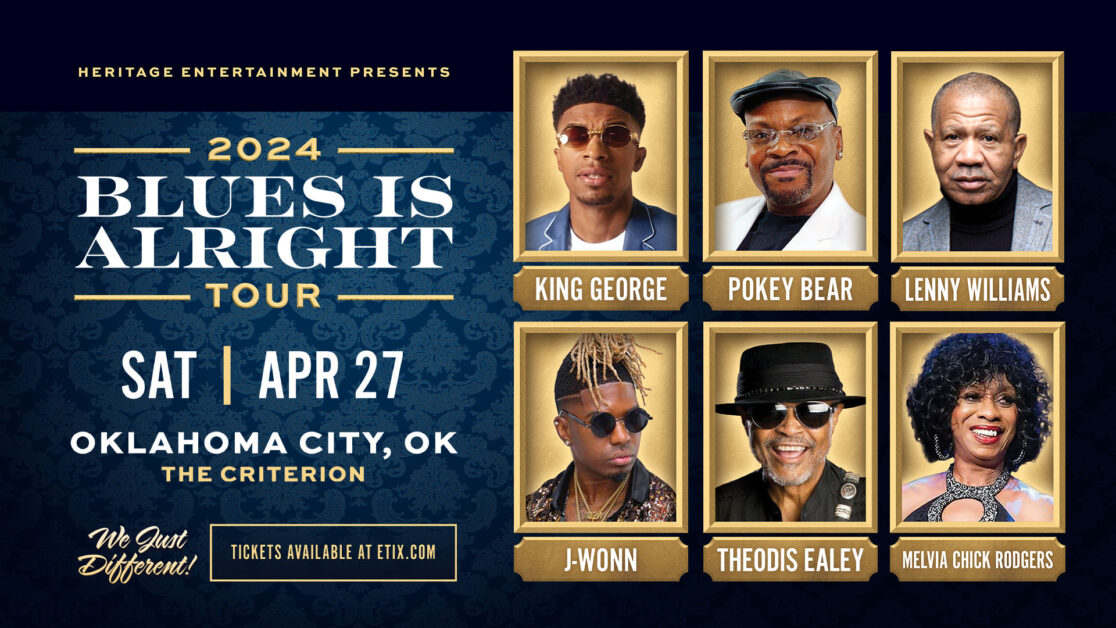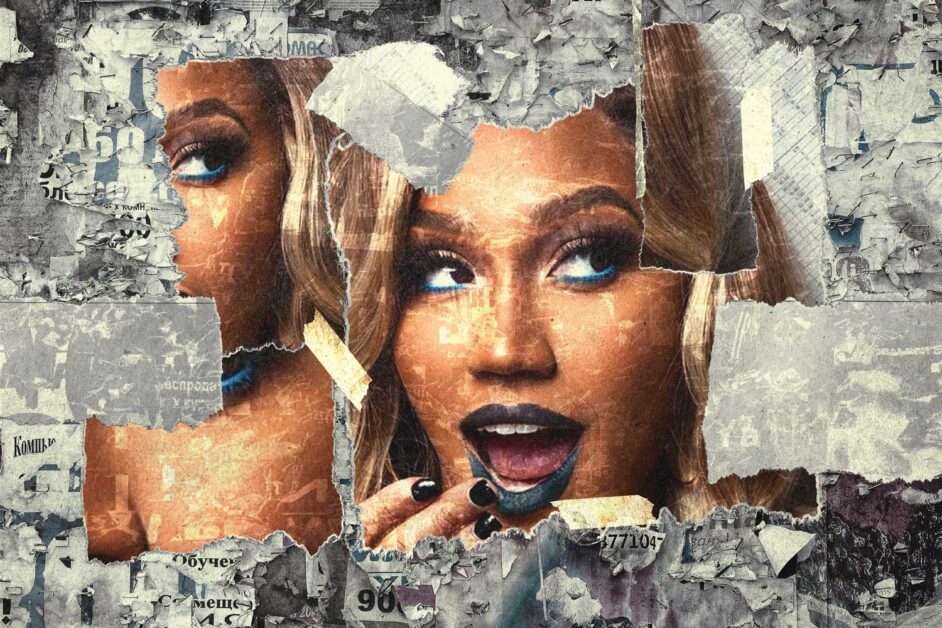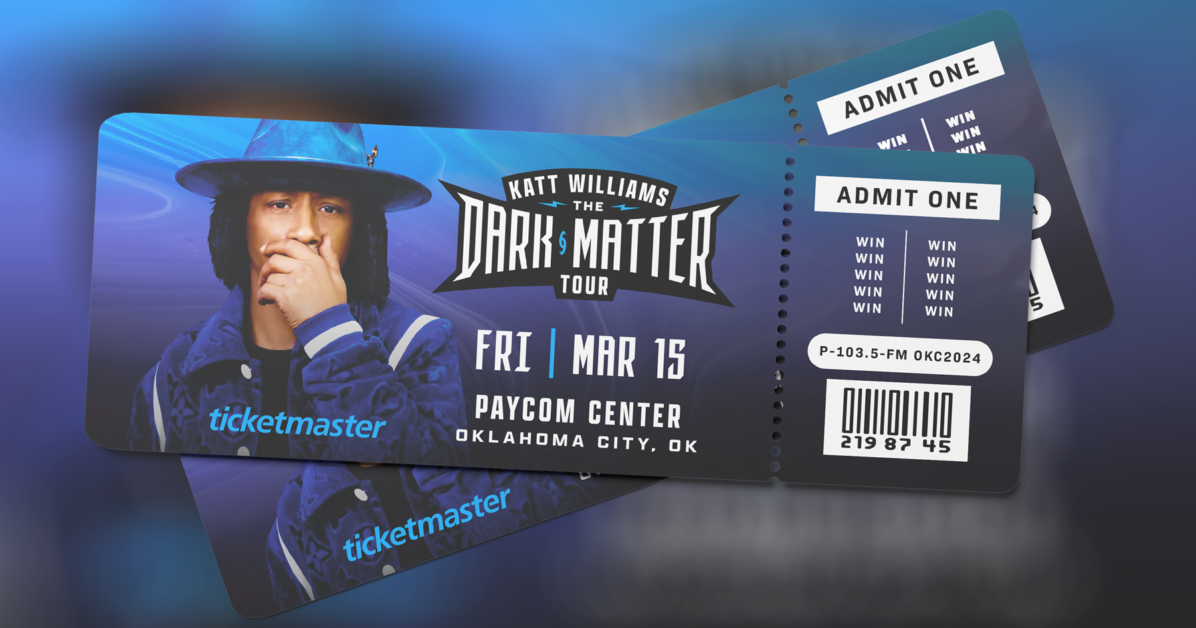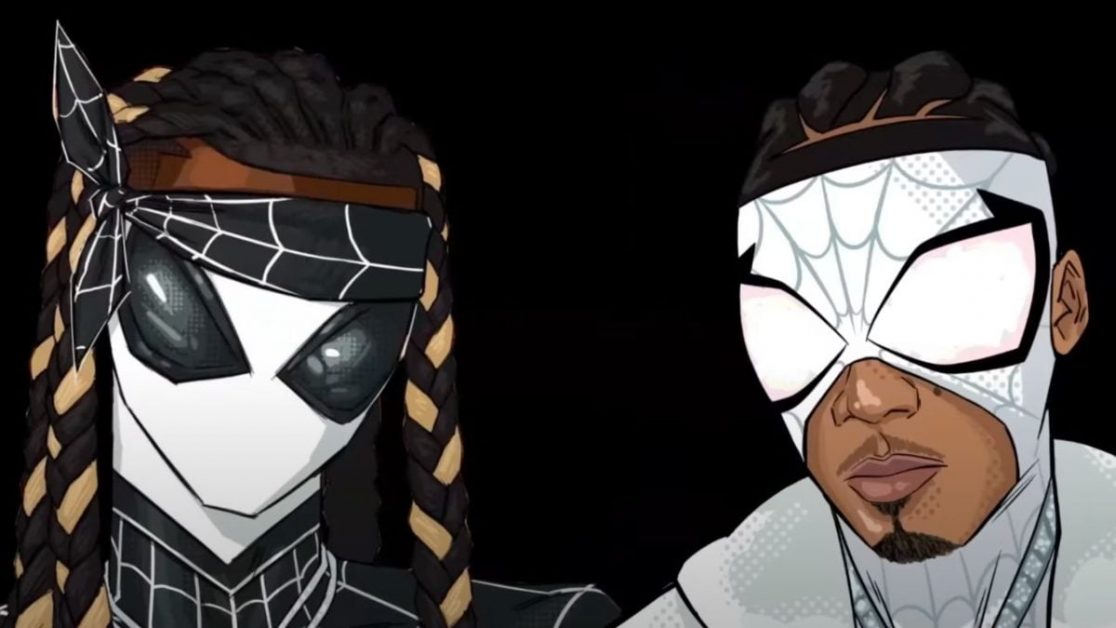10 Cringiest Tropes In Animated Movies
Written by on June 3, 2023
Animated movies are primarily meant for children, but there is a timeless quality to them that makes them universally loved. Usually telling inspirational, romantic, or comedic stories about life, love, and values, animated movies get the most leeway when it comes to artistic license. Since whole universes are created in animation, this genre is not bound by the rules of live-action cinema. However, they do tend to follow tropes almost all the time.
Sometimes, these tropes get repetitive and redundant, and make every movie seem like a regurgitation of previous animated fare. Many tropes, like morality and beauty standards, have also become outdated in the modern world, and make viewers cringe when they see them in animated movies again and again.
10 Black & White Morality
Animated movies often carry the good vs. evil trope as a teaching moment, but the stark division between what constitutes good and what is bad can be exhausting and one-dimensional. Most problematic animated movie villains are painted as wholly bad people, with no chance at redemption or even an ounce of goodness within them.
This kind of depiction is extremely simplistic and does not do justice to even a slightly more mature audience. Antagonists should have some depth to them to keep people engaged. Morality should never be black and white, which is why villains like Scar, Ursula, Mother Gothel, and Gaston seem flat after a point.
9 Missing Or Dead Parents
Somehow, protagonists of a majority of animated movies have missing or dead parents, which is a surprisingly universal formula that is followed. This trope has become an overused one, signaling that only children with missing or dead mothers, or even both parents have stories worth telling.
Movies that have functional families, and both parents alive and healthy are a refreshing change from the traumatic deaths that many protagonists are put through for a backstory. Even underrated animated films that audiences forgot about, like Tarzan and The Hunchback of Notredam killed off the parents of both Tarzan and Quasimodo.
8 The Hero Is Always Forgiven For Bad Behavior
A trope that has exasperated audiences is where the hero of the movie messes up big time—and not by accident—but gets unilaterally forgiven every time. It upholds a “boys will be boys” perspective which is actually quite harmful for little kids to watch over and over again.
Even the best animated heroes have sometimes committed crimes or been awful to female protagonists, only to have them magically transform into better people, and thus be forgiven for their unacceptable behaviors prior. Flynn from Tangled was a thief and a liar, and Beast treated Belle like a common prisoner in Beauty And The Beast, but both of them were pardoned without facing any consequences for their actions.
7 Live Action Remakes
A growing trend in the world of animated movies is remaking classic animated films into live-action versions, which was a novel way to view these childhood favorites initially. Soon enough, it was obvious that studios were just doing these as an embarrassing cash grab instead of actually trying to bring a new experience to fans.
Several live-action versions were well-received, like Cinderella and The Jungle Book, but most of them were panned for being pale caricatures of the original animations. Alice In Wonderland, Lion King, Aladdin, and others got lukewarm responses.
6 Stereotypical Teen Characters
Animated movies lack when it comes to depicting teenage characters, painting them to be rebellious or emo kids to signify their age. Every teenager is not a rebel, nor do they have to be going through a difficult phase, but the only way animated films depict them is this way.
Violet from The Incredibles got the emo teen treatment, as did Mavis in Hotel Transylvania. There have to be better ways to depict teenagers instead of just showing them as goth characters who are unhappy with life so that they can also be as great as these best-written female Pixar characters.
5 Subliminal Adult Jokes
The inclusion of subliminal humor in kid’s cartoons and movies is not a new phenomenon, but it has been done so often and so belligerently that it has become cringeworthy. Almost every animated movie has to include a dirty joke, and while it is alright to poke fun this way, the extended reach of the internet has ensured that most kids know what these jokes mean now.
Jokes about sex in Ratatouille, Cars, Coco, Frozen, Zootopia,Cinderella, and countless other movies are hilarious as long as the children are in the dark. However, with everything a Google search away, this humor just becomes inappropriate.
4 Tired Sequels
Quite like live-action remakes, studios have found another way to milk a franchise for its worth: sequels. Movies that require sequels or have them in demand, like Ice Age and Frozen are always well-received, but when a movie like Cars gets unnecessary sequels up to a third installment, viewers can’t help but cringe.
The problem is that the original movie’s worth is diminished greatly when the sequels have inferior storylines. It would be better to leave a good movie alone so that it retains its place in cinematic history.
3 The Villainous Mentor
This devious twist has been used in so many animated films that it is too predictable now. This involves an elderly or respected person who is a mentor of sorts, or someone that the protagonist looks up to a lot. Unfortunately, it is this mentor who turns out to be the antagonist who had been acting against them the whole time.
Ernesto de la Cruz from Coco, Lotso Hugging Bear in Toy Story 3, and Charles Muntz in Up are some mentors and idols who turned into villains. This trope no longer has the shock value and impact it used to have.
2 Love Is The End All
While love and romance are well-loved parts of animation, the way it always ends up being the answer to a problem can get frustrating. Even with movies like Madagascar, which is a comedy about friends and self-discovery, and Ice Age which is a tale of survival, the most unlikely characters like Melman and Diego find true love as their happy endings.
True love’s kiss has always been a big part of Disney, with Sleeping Beauty and Enchanted being just a couple of movies where it played a major role. Love is no longer considered the happy ending it once used to be, and there is more to life than finding Mr. Right.
1 Physical Beauty Equates Goodness
Being beautiful means being virtuous in the animated world, and this is just a harmful stereotype to promote. Every good character is physically flawless in accordance with Eurocentric beauty standards, whereas villains are made to have unsightly features of some kind, like Ursula in The Little Mermaid.
This trope is dangerous, as it can create similar parameters for judging goodness in people in children’s minds, and also create insecurities about looks. A beautiful character can be a villain, and a physically imperfect face can be full of kindness and goodness.
watch avatar the way of water full movie
watch avatar the way of water full movie
watch avatar the way of water full movie
